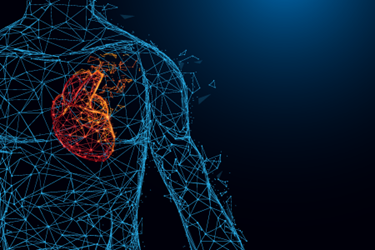Developing An Organoid On A Chip For Cardiac Research

Cardiac organ on a chip is that it both promotes healthy cell growth and takes noninvasive readings of the activity of those cells over time. Cardiac cells contract in response to electronic signals from so-called pacemaker cells, which dictate heart rate. Cardiac cultures aren't nearly as useful to researchers if they can't effectively read cardiac cell responsiveness to electrical activity in real time.
Reading elements include electrical coils that protrude into the culture and ribbonlike sensors shrink-wrapped around the culture. Direct reading of electrical activity is the only way to see the effect of different chemical treatments without having to wait for a visible change in the physiology of the cells.
Just as important as the ability to read electrical function is the ability to measure the physical contractions caused by that electrical activity. There are physical and optical options for watching cell movements and estimating the contractile force, and many of them are simultaneous with the above electrical assays.
With cardiac organoid on a chip, embedded electrodes can read the electrical activity of the cell culture in three dimensions and report readings to researchers.
Get unlimited access to:
Enter your credentials below to log in. Not yet a member of Cell & Gene? Subscribe today.
